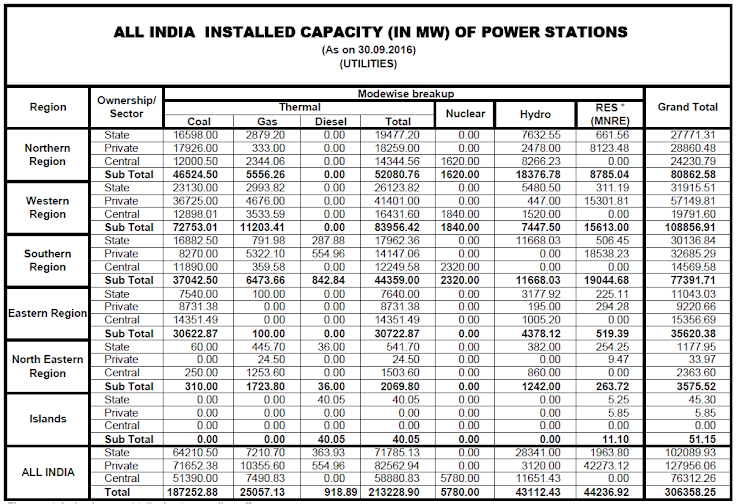China Development Bank has lent more than $120 billion for the nation’s projects abroad
The country’s power developers are seeking financing from China to fuel expansion as rupee interest rates soar and local banks say they can’t keep up with demand to fund about $45 billion ( Rs2 trillion) of equipment orders from China needed by 2017.
Lanco Infratech Ltd, based in Hyderabad, Adani Power Ltd, SRM Energy Ltd and Moser Baer Projects Pvt. Ltd have said they’re talking to China’s export banks for loans, after billionaire Anil Ambani’s Reliance Power Ltd borrowed $1.1 billion from China Development Bank Corp. in December.
Utilities are turning to China as they buy boilers and turbines to help meet India’s 100,000 MW capacity-addition target in the five years ending March 2017. India’s National Stock Exchange three-month interbank offered rate of 9.16% compares with 4.68% for Shanghai’s interbank offered rate, Shibor. Average yields for top-rated five-year Indian corporate bonds have risen to 9.13% from 8.94% on 31 December, according to the Fixed Income Money Market and Derivatives Association of India.
Every power company buying Chinese equipment is looking into borrowing from them as well, L.R. Shrivastav, chief executive officer of New Delhi-based Moser Baer Power, said by telephone on Wednesday. “The equipment companies are facilitating our relationship with banks and if they offer a lower lending rate, we will take it, otherwise we will get a loan at home.”
India needs more power stations to reduce blackouts and drive its economy, which Prime Minister Manmohan Singh aims to expand by 10% a year. India will miss capacity targets through 2012 because there aren’t enough established equipment makers, power minister Sushil Kumar Shinde told reporters in New Delhi on 19 December.
SBI Capital Markets Ltd, a unit of the nation’s largest lender, the State Bank of India, lent $10 billion to power projects in 2010 and loan rates to private utilities ranged from 8 to 11%, according to senior vice-president Rajat Misra.
“If foreign banks came, it would be a relief to Indian banks which are trying to fund infrastructure projects,” Misra said in an interview in New Delhi on Wednesday. “We can’t fund everything.”
Reliance Power, which has ordered $10 billion of coal-fired generators from Shanghai Electric Group Co. Ltd for Indian plants, took the loan from China Development Bank after signing a $12 billion financing agreement with Chinese lenders.
China Development Bank has lent more than $120 billion for the nation’s projects abroad, and while terms aren’t disclosed for its loans, it sold five-year bonds at a 3.31% coupon 14 January, China clearinghouse data show.
“Such loans may boost India’s capacity and help Chinese power-equipment makers, which are hunting contracts abroad to offset slowing orders at home,” according to Shubhranshu Patnaik, a senior director at Deloitte and Touche LLP in New Delhi.
Elsewhere in Indian markets, government bond yields held near the highest in almost a year before the central bank reviews policy rates next week. The yield on the most-traded 8.08% bond due August 2022 was little changed at 8.23%, according to the central bank’s trading system.
The rupee fell, approaching its lowest level in seven weeks. The currency retreated 0.3% to 45.59 per dollar on Thursday. The currency has lost 2% this month, the worst performer among the most-traded Asian currencies.
India’s food inflation slowed for a second week after the government raided traders to stop hoarding of farm goods and banned onion exports. An index measuring agricultural wholesale prices rose 15.52% in the week ended 8 January from a year earlier, the commerce ministry said in New Delhi on Thursday. The gauge gained 16.91% the previous week.
The cost of protecting the debt of government-owned State Bank of India, which some investors perceive as a proxy for the nation, has risen 24 basis points, or 0.24 percentage point, this year to 184, according to CMA prices.
Credit-default swaps pay the buyer face value in exchange for the underlying securities or the cash equivalent should a borrower fail to adhere to debt agreements. A basis point equals $1,000 annually on a contract protecting $10 million of debt. Indian syndicated loans almost doubled last year to $88.4 billion and reached $4 billion so far this month, data compiled by Bloomberg show.
Indian utilities have agreed to orders and memorandums of understanding with Chinese power companies for a total of about $45 billion of equipment, according to estimates by Deloitte and Touche’s Patnaik.Chinese companies signed $16 billion of deals with Indian businesses during Premier Wen Jiabao’s visit to India last month.

 A joint venture firm between NTPC Ltd and Nuclear Power Corporation of India Ltd has been incorporated on Thursday under ‘Anushakti Vidhyut Nigam Ltd'. The venture is slated to commence operations with the execution of a 700-MWe indigenous pressurised heavy water reactor-based project shortly.
A joint venture firm between NTPC Ltd and Nuclear Power Corporation of India Ltd has been incorporated on Thursday under ‘Anushakti Vidhyut Nigam Ltd'. The venture is slated to commence operations with the execution of a 700-MWe indigenous pressurised heavy water reactor-based project shortly.







